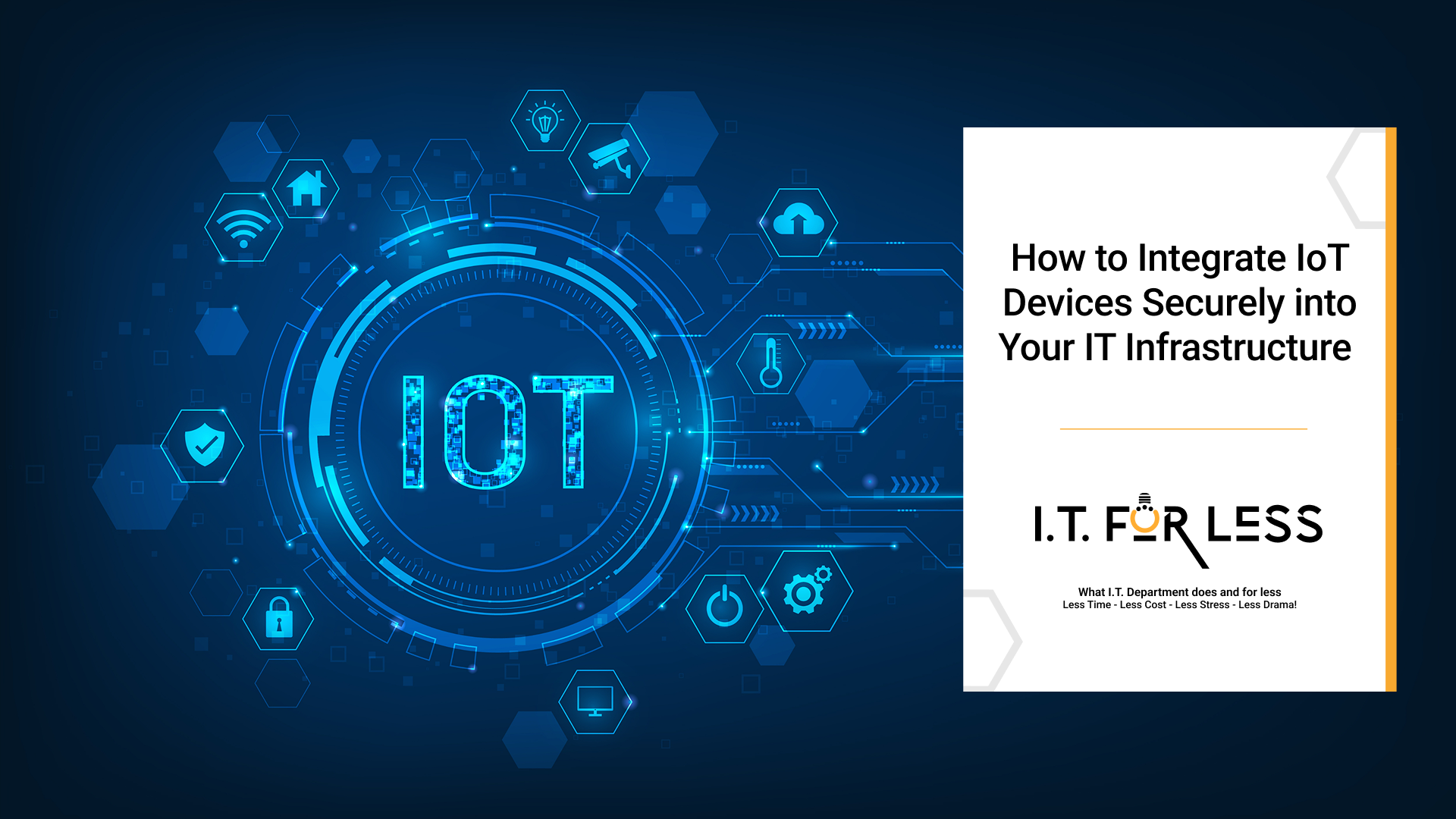The Internet of Things (IoT) is transforming industries by connecting devices, sensors, and machines to deliver real-time insights and automation. From manufacturing and logistics to healthcare and retail, IoT devices are enabling smarter, data-driven operations. But as the number of connected devices grows, so do the risks. Integrating IoT into your IT infrastructure without a security-first approach can expose your business to data breaches, downtime, and compliance issues.
Here’s how to integrate IoT devices securely into your IT ecosystem.
1. Start with an IoT Security Framework
Before deploying devices, adopt a structured security framework that aligns with industry best practices such as NIST Cybersecurity Framework or ISO/IEC 27001. This ensures you have clear policies for device onboarding, authentication, and data protection from the start.
2. Use Strong Identity and Access Controls
Treat every IoT device as a potential entry point. Use:
- Unique device identities instead of shared credentials
- Role-based access control (RBAC) to limit device permissions
- Multi-factor authentication (MFA) where possible
This reduces the chances of unauthorized access to your systems.
3. Encrypt Data in Transit and at Rest
IoT devices often send sensitive information across networks. Ensure all data is encrypted using protocols like TLS during transmission, and use strong encryption methods for stored data to prevent exposure in case of compromise.
4. Segment Your Network
Never place IoT devices on the same network as your core business systems. Create isolated network segments (or VLANs) for IoT devices, reducing the impact if one is compromised. Adding zero-trust principles ensures devices are continuously verified before communicating.
5. Keep Devices Updated and Monitored
Outdated firmware is one of the biggest IoT vulnerabilities. Establish a process for:
- Automated patch management
- Regular firmware updates
- Continuous monitoring and anomaly detection to flag unusual device behavior
6. Partner with Vendors that Prioritize Security
Not all IoT solutions are created equal. Choose vendors that provide:
- Built-in encryption
- Secure APIs
- Transparent security policies
- Regular patch and firmware support
7. Conduct Regular Audits and Testing
Routine penetration testing, vulnerability scans, and compliance audits help identify risks before they turn into incidents. Treat IoT security as a continuous process, not a one-time setup.
Conclusion
Integrating IoT devices into your IT infrastructure unlocks efficiency, innovation, and competitive advantage—but only if it’s done securely. With a proactive, layered security approach, businesses can protect critical assets while reaping the benefits of connected technology.
Partner with I.T. For Less today and take the first step toward building a secure, future-ready IoT strategy that keeps your IT flowing as effortlessly as your ambition.
